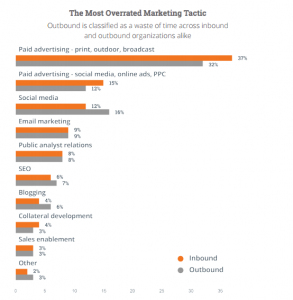Seller Defined Audiences are based on publisher-side first-party data.
Project Rearc, an initiative within IAB’s Tech Lab, has announced the finalization of its first solution to the post-cookie addressability challenge, Seller Defined Audiences (SDA). The concept was first proposed in March 2021.
As the name suggests, this solution rests seller-side, enabling publishers or their data partners to scale first-party data in a privacy-compliant manner, aiming to “democratize the concept of audience cohorts for the open ecosystem” (from the Tech Lab release).
Publishers will be able to create and scale anonymous first-party data-based audiences across channels, including web, app and CTV. Audience members can be grouped using a standardized, but also customizable, Audience Taxonomy. Additionally, context- or content-based audiences can be created using a context taxonomy (yet to be standardized).
Among other benefits for buyers, it allows DSP machine-learning systems to optimize cohort selection through the availability of API-delivered metadata.
Why we care. It’s another addressability solution, this time rooted in the rich first-party data held by publishers. It holds out a best-of-both-worlds promise by offering audience-based and context-based addressability. And since it’s a Tech Lab initiative, it will continue to be an open and transparent work-in-progress.
The release admits “SDA makes no claims of being a silver-bullet for the industry, but should be a valuable tool in our toolbox.” A refreshing position to take because the air is full of supposed silver bullets right now.
The post IAB Tech Lab finalizes first addressability solution appeared first on MarTech.
MarTech(20)
Report Post






